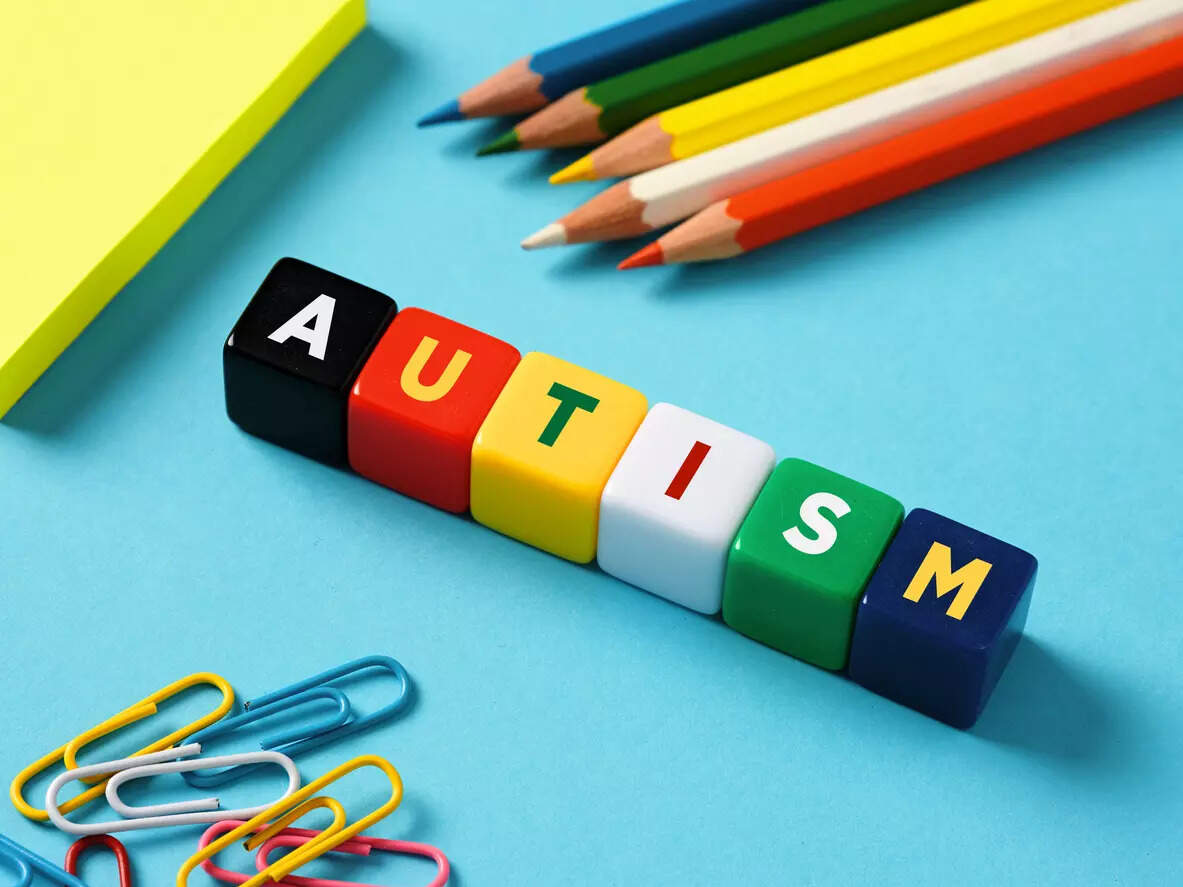- Industry
- 2 min read
Exposure to air pollution during pregnancy, early childhood may heighten autism risk, study suggests
Autism is a neurodevelopmental disorder in which a child displays repetitive behaviour and affected social skills. Early signs, such as difficulty in non-verbal communication and avoiding eye contact, can show as early as between one and two years of age.
Autism is a neurodevelopmental disorder in which a child displays repetitive behaviour and affected social skills. Early signs, such as difficulty in non-verbal communication and avoiding eye contact, can show as early as between one and two years of age.
"Different kinds of neurological disorders, including autism spectrum disorder, can be associated with this environmental factor," Haitham Amal, from the Hebrew University of Jerusalem and senior author of the study published in the journal Brain Medicine, said.
"The timing of exposure appears crucial, with heightened vulnerability during prenatal development and early childhood when critical neurodevelopmental processes occur," Amal said.
The study also suggested that "individuals with genetic predisposition to (autism) may be more vulnerable to the harmful effects of air pollution exposure", according to Amal.
The researchers identified key biological routes through which air pollution can influence the risk of developing autism, including nitrosative stress triggered by exposure to nitric oxide.
Other such biological routes involved inflammation and oxidative stress in the brain, and an interference with the endocrine (hormone) system, according to the study.
The team also found that smaller particles, especially PM2.5 as well as nitric oxide products, can cross the placenta and affect the brain development of the foetus -- a result that was of "particular concern".
The finding raised important questions about protective measures for pregnant women in highly polluted areas, the authors said.
A 2021 study, by Harvard University's School of Public Health and published in the journal Environmental Research Letters, found that the risk of autism spiked by 64 per cent with exposure to 10 micrograms of PM2.5 per cubic metre of air during early childhood. The risk was found to heighten by 31 per cent for the same exposure during pre-birth periods, especially during the third trimester of pregnancy.>



COMMENTS
All Comments
By commenting, you agree to the Prohibited Content Policy
PostBy commenting, you agree to the Prohibited Content Policy
PostFind this Comment Offensive?
Choose your reason below and click on the submit button. This will alert our moderators to take actions